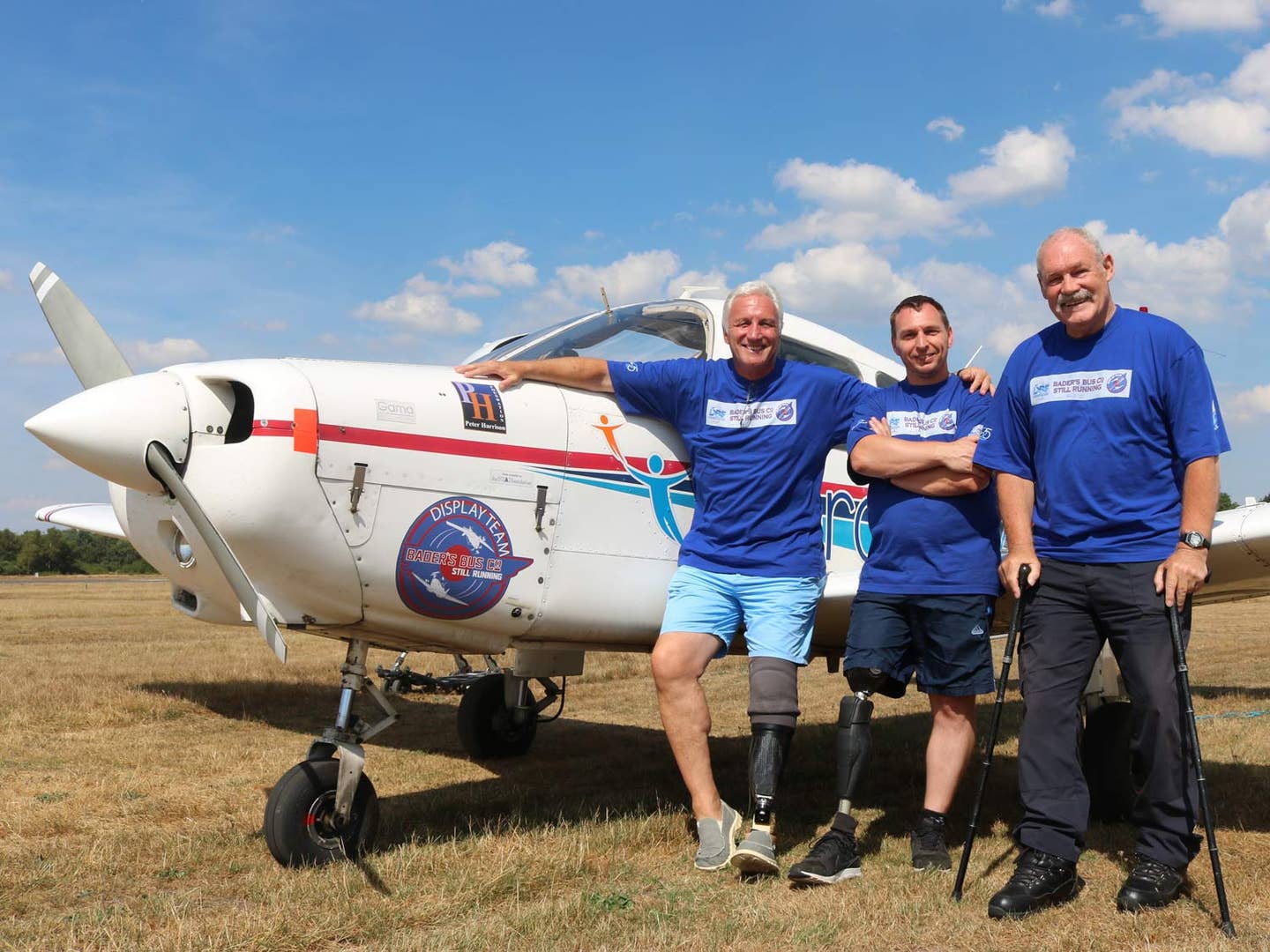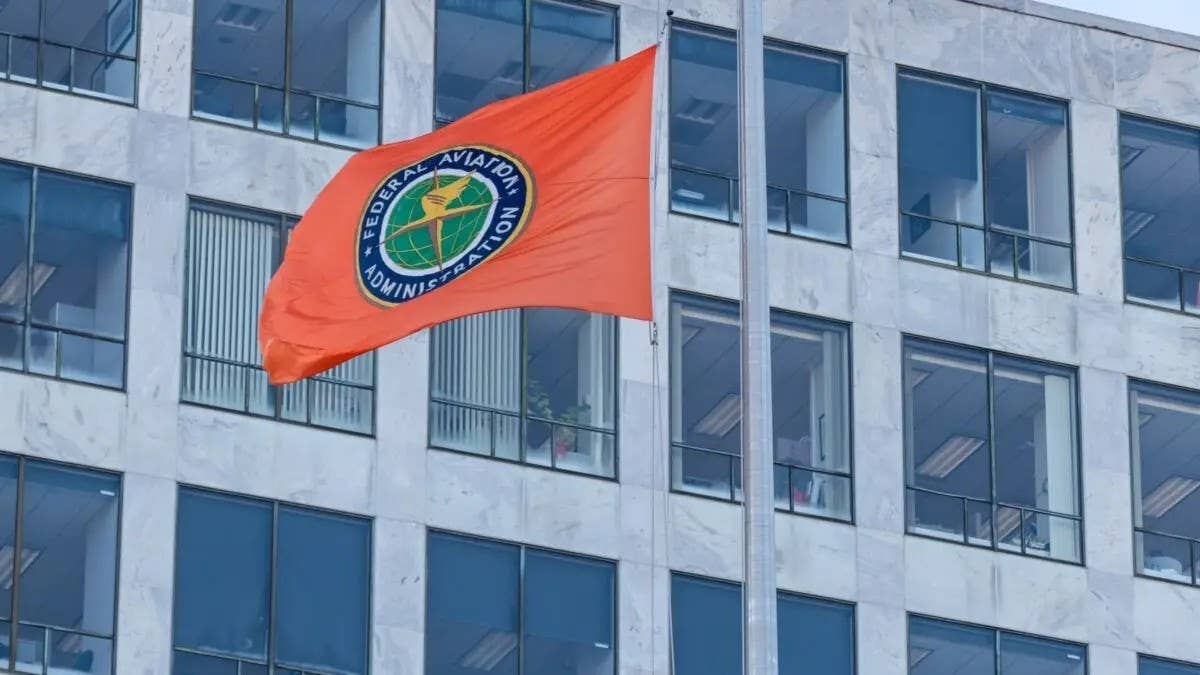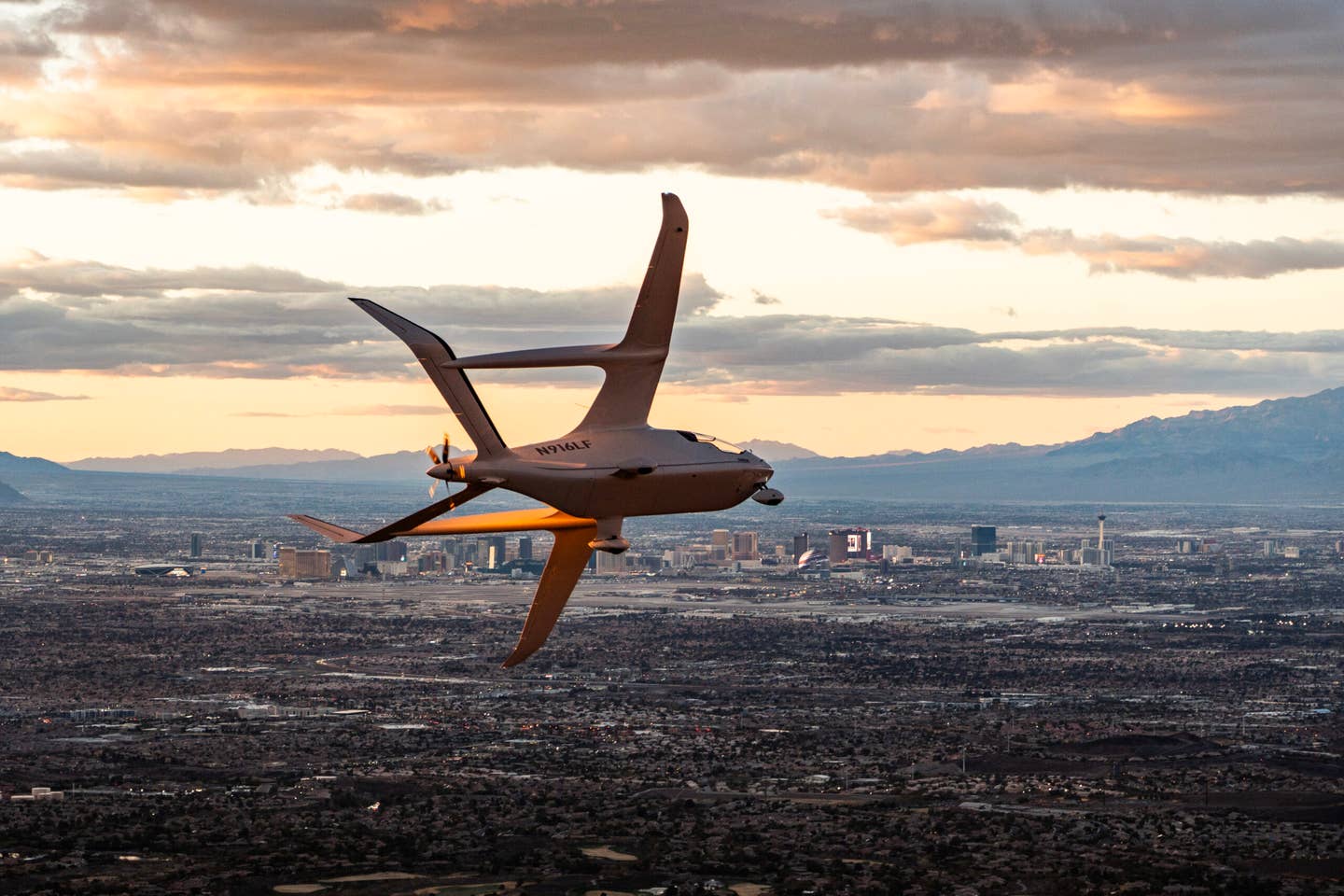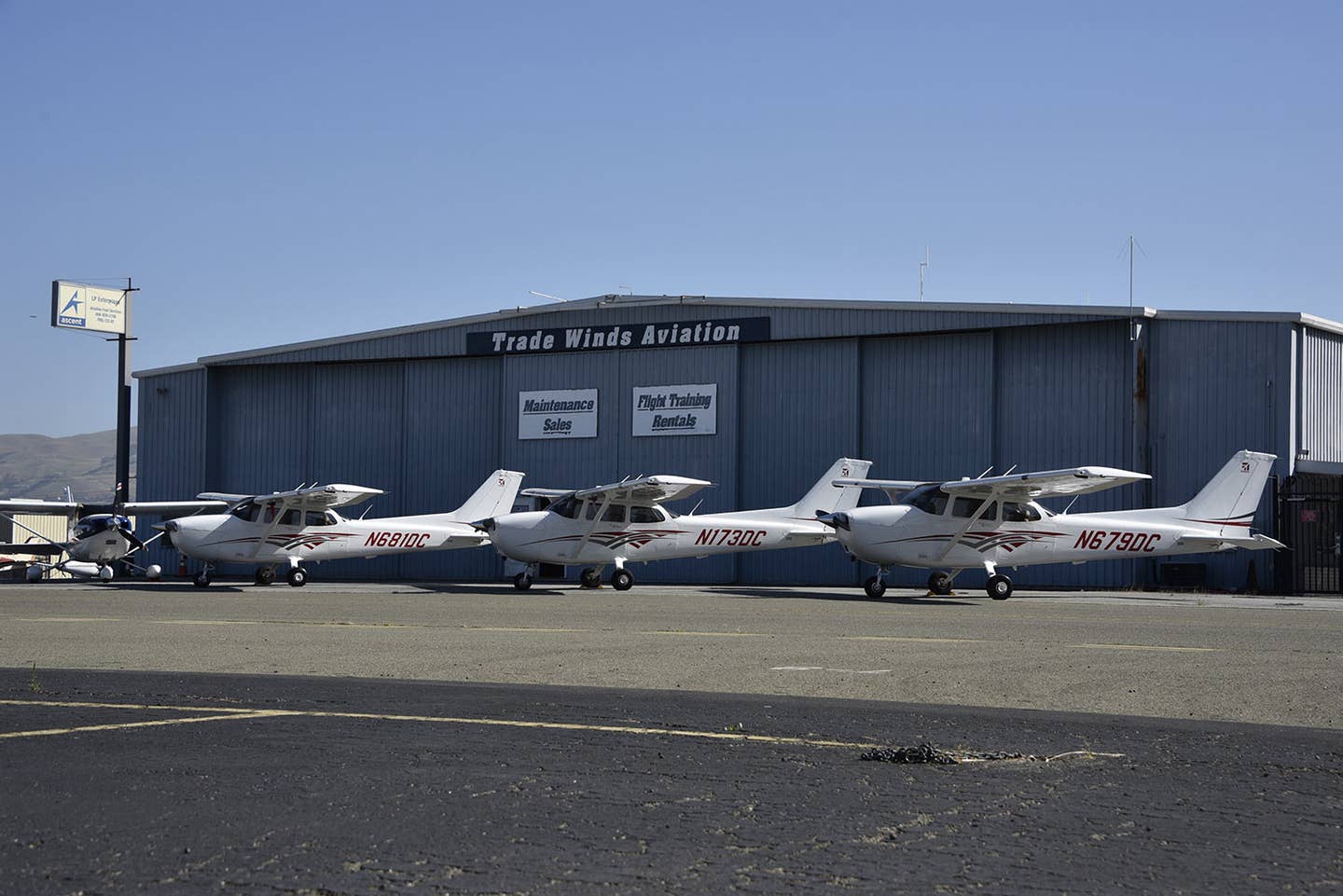
The Bader Bus Company flight team poses in front of one of the Aerobility PA-28s used in the display. Courtesy Bader Bus Company
When the Bader Bus Company flight team was cleared for takeoff at the Duxford Airfield in England last weekend during the Air Festival, they orbited in the same airspace in which the famous Blades flight team performed their demonstration—right in front of their eyes. That's when the reality hit home for Bader 1, flight leader Mike Wildeman—the enormity of what they were about to do.
“Changing the perception of disability,” is how Wildeman describes it. The Bader Bus Company display team is a collaboration between Aerobility, a UK charity that offers people with disabilities the opportunity to fly, and the Douglas Bader Foundation, established to honor Sir Douglas Bader, a hero of the Royal Air Force who continued to fly as a double amputee in World War II.
The Bader Bus Company is composed of three pilots who have worked through their own specific challenges to not only fly airplanes again, but do so in close formation, in front of a crowd. Wildeman, a former RAF pilot, had a motorcycle accident in 2000, which led to his lower-leg amputation in 2017. He continued flying with Virgin Atlantic, and he’s now the world’s first lower-limb amputee working as a long-haul commercial pilot.
Alan Robinson, who flies as Bader 2, is a technician for the RAF who came to Aerobility to learn how to fly after receiving his first prosthetic leg in 2016. He has since soloed in an unadapted Spitfire, the first to do so since Sir Bader himself. Bader 3’s slot belongs to Barry Hobkirk, an RAF helicopter pilot who suffered a major spinal injury in a Chinook accident in 1990. He demonstrated to the RAF that he could continue to fly, and did so until his retirement in 2005. He now serves as an ambassador for Aerobility.
The team was selected through a considerable process in 2017, and trained in formation flying—using Aerobility’s Piper PA-28s—from February to September 2018, when the UK’s Civil Aviation Authority approved their display authorization. They began practice again in March 2019 in preparation for their first public display at Duxford on May 25.
The limitations of the airplane as a non-aerobatic mount forced the team to be creative in developing their routine. “I was worried that it would be lame,” says Wildeman, “but then I saw the reaction of the crowds.” Jon Windover, team manager and Aerobility vice chairman, says, “I’ve been to airshows since I was a boy…and now I represent the majority of the type of people going to airshows today. I think this is a breath of fresh air.”
The team plans to use the public displays to gain visibility for Aerobility's mission, and for the Douglas Bader Foundation, in an effort to demonstrate what is possible. By garnering more support, they hope to eventually move to a different set of aircraft, mostly to release the Cherokees back into service for the charity, as they are the very airplanes used to give rides and instruction to Aerobility's clients. To read more about their story, visit Aerobility and the Douglas Bader Foundation online.

Sign-up for newsletters & special offers!
Get the latest FLYING stories & special offers delivered directly to your inbox






